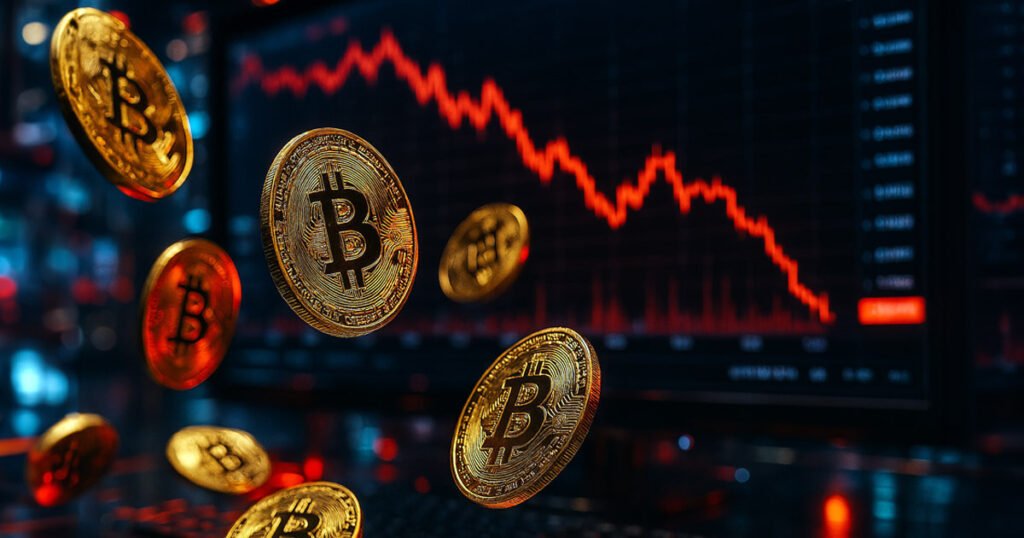Bitcoin’s net unrealized loss (NUP) ratio spiked to its highest level since November 2023, reaching 0.0578, while the net unrealized profit/loss ratio dropped to 0.4253, its lowest point since September 2024. This shift in ratios followed Bitcoin’s drop to $76,000 amid a sharp retracement from its mid-$80,000 range. These metrics, NUPL and NUL, are crucial in assessing the sentiment and behavior of Bitcoin holders by comparing the current market price to the realized price of Bitcoin.
NUPL shows the ratio of unrealized profits in the network, while NUL measures unrealized losses. A high NUPL indicates profitable coins, while a high NUL suggests many coins are held below their acquisition cost. The recent NUL of 0.0578 indicated 5.78% of Bitcoin’s market cap was in an unrealized loss, signaling fear among short-term holders and a cooling of bullish sentiment. This contrasts with the euphoric sentiment of December 2024 when Bitcoin was trading above $104,000 and nearly all holders were in profit, indicating market cycles and sentiment transitions.
The recent elevated NUL and declining NUPL reflect a shift to a cautious sentiment and compressed profit margins in the market. While NUPL remains above 0.4, indicating most investors are still in profit, the rising NUL signifies growing losses among recent entrants. However, the modest rise in NUL suggests this is not a widespread capitulation event, with localized losses likely centered around recent buyers. Long-term holders, typically a stabilizing force during volatility, seem largely unaffected by the recent market movements.
Bitcoin’s price action, remaining historically elevated above $76,000 in April, suggests the recent drawdown was technical rather than structural. The recovery in both NUPL and NUL ratios as of April 10 indicates the broader market structure remains intact, potentially setting the stage for a new upswing as historical market phases suggest. Overall, the market appears to be undergoing a correction rather than a collapse, with corrections accompanied by increased volatility and sentiment shifts among holders.


